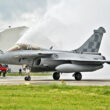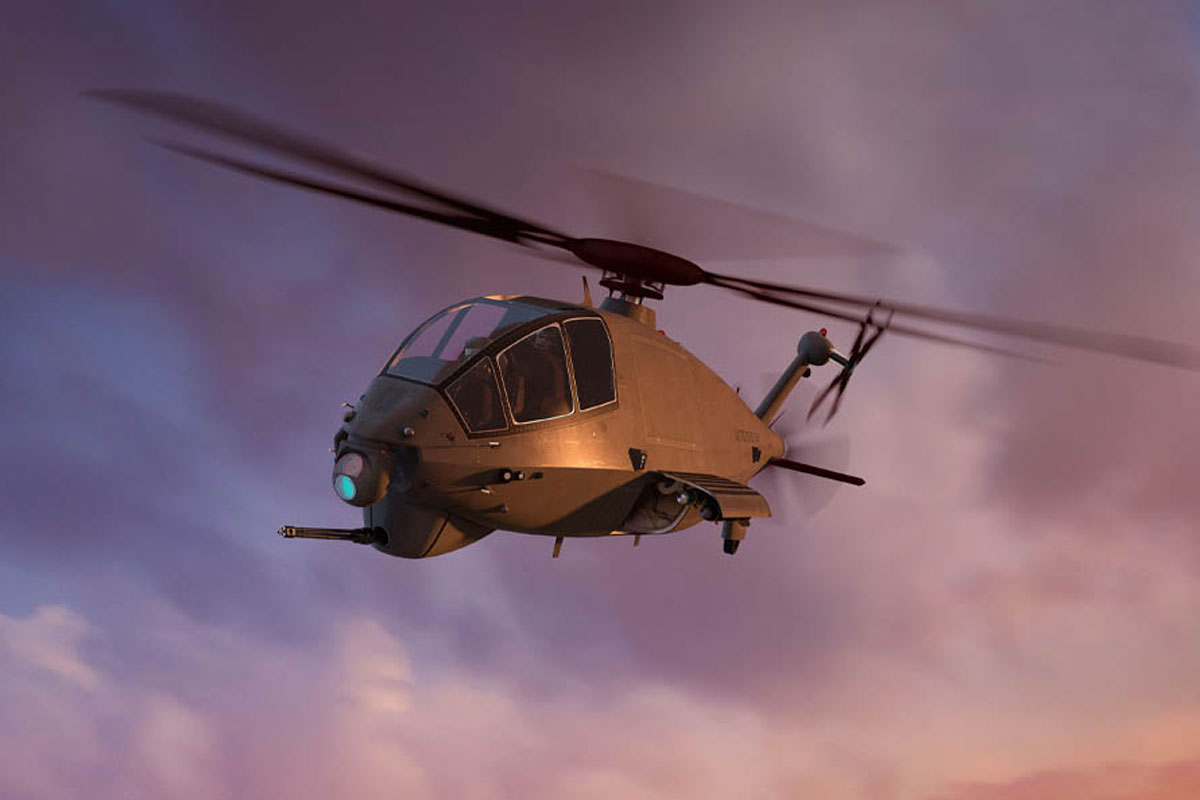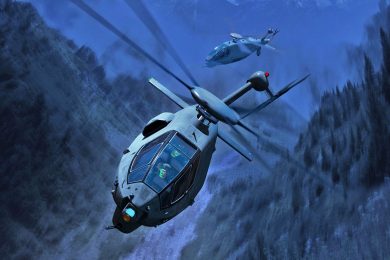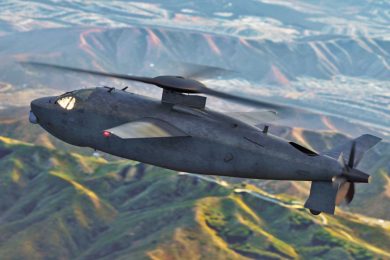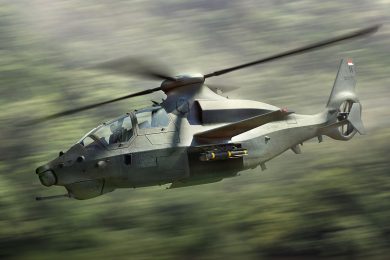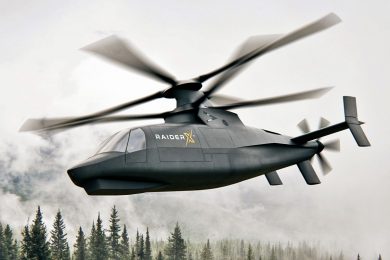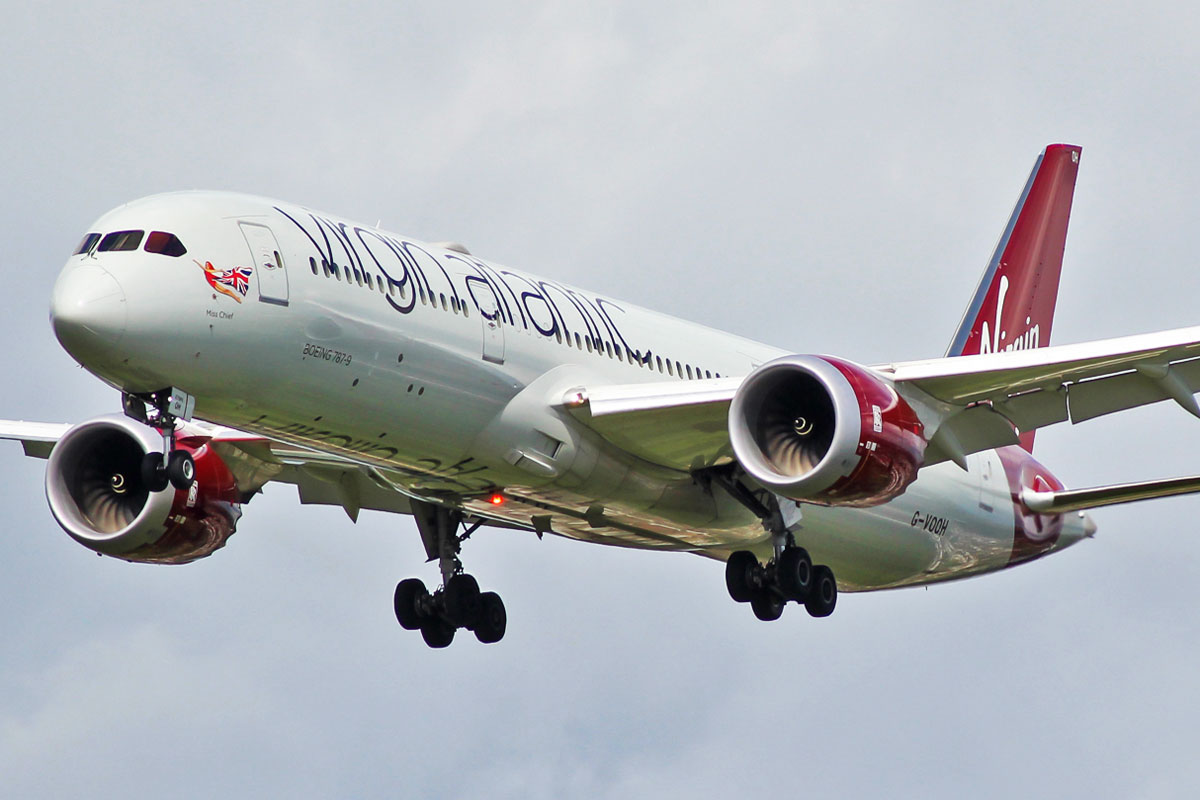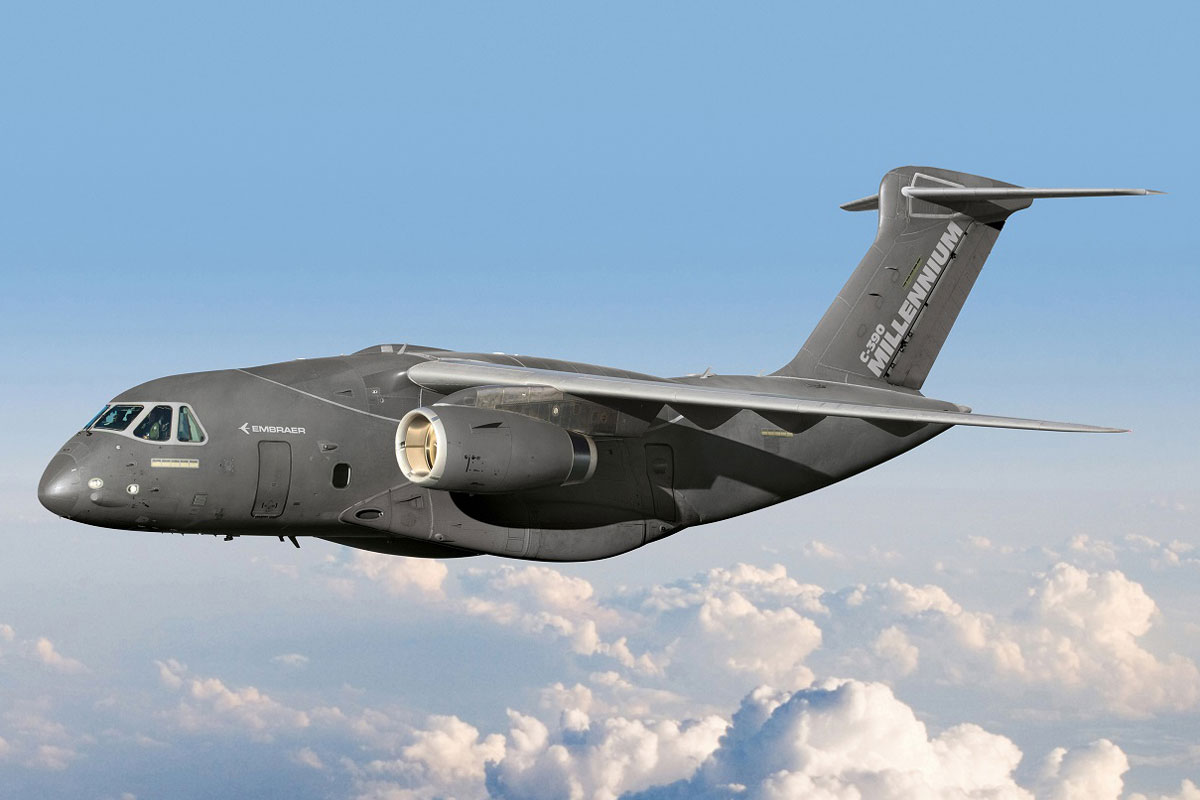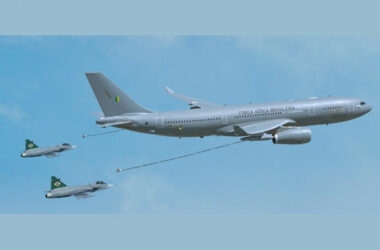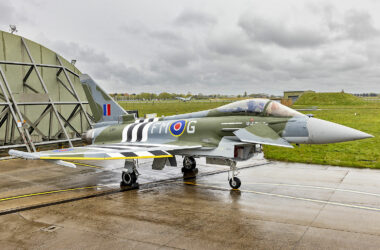Last competitor to present its proposal for the FARA program (Future Attack Reconnaissance Aircraft), Boeing revealed on Tuesday what its concept helicopter for the US Army will look like.
Unlike other competitors, who are proposing new or little-known technologies, the company preferred to design a helicopter with conventional aspects. However, Boeing FARA (the manufacturer has not given any name to the aircraft) proposes a solution with three rotors, the main with six blades, the anti-torque with four and a propeller, also with four blades.
The helicopter uses only one engine, has tandem seats and a modular cockpit, capable of receiving new technologies or configurations, one of the requirements of the Army.
“We’re offering more than a helicopter – we’re offering an affordable and fully integrated system for the Army, the mission and the future. We’ve blended innovation, ingenuity and proven rotorcraft experience with extensive testing and advanced analysis to offer a very compelling solution,” said Mark Cherry, vice president and general manager of Boeing’s Phantom Works.
Boeing promises that this configuration will provide high agility and speed from 180 kt (333 km/h). In order to simplify its operation and maintenance, the main rotor is hingeless, technology that the company used in the V-22 Osprey and also in the YUH-61, a prototype that competed with the US Army to replace the UH-1 and lost to the UH-60 Blackhawk, from Sikorsky.
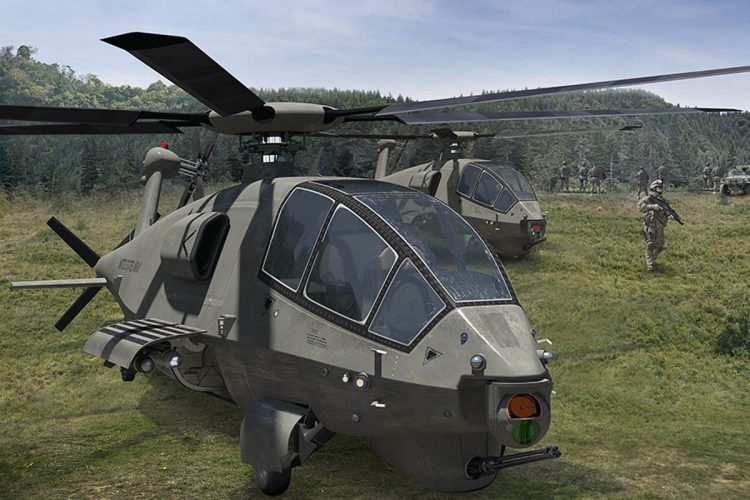
Five helicopters
The FARA competition was launched by the US Army to choose a successor to the OH-58 Kiowa, an escort helicopter that has since been taken out of service. This process has been extremely delayed since the USA chose the RAH-66 Comanche and ended up canceling the program due to problems.
This time, the Army has been more objective and focused on a fast, maneuverable, yet easy to handle aircraft. The idea is that the first helicopters will be delivered by 2028 and for that purpose selected five candidates to build prototypes, including two newcomers, AVX and Karem Aircraft.
The first proposed an aircraft with counter-rotating rotors and propelled fairing propellers while the second opted for a configuration with a main rotor and a pivoting propeller in addition to side-by-side seats.
The other competitors are traditional manufacturers, Sikorsky, Bell and Boeing. The first is the most advanced, already testing its technology on the S-97 Raider prototype, which will serve as the basis for the Raider X. Bell, in turn, also preferred to offer the most conventional helicopter of all, the 360 Invictus, with ducted tail rotor.
The Army’s schedule provides for a competition between these five aircraft in 2023 to then decide a winner.


